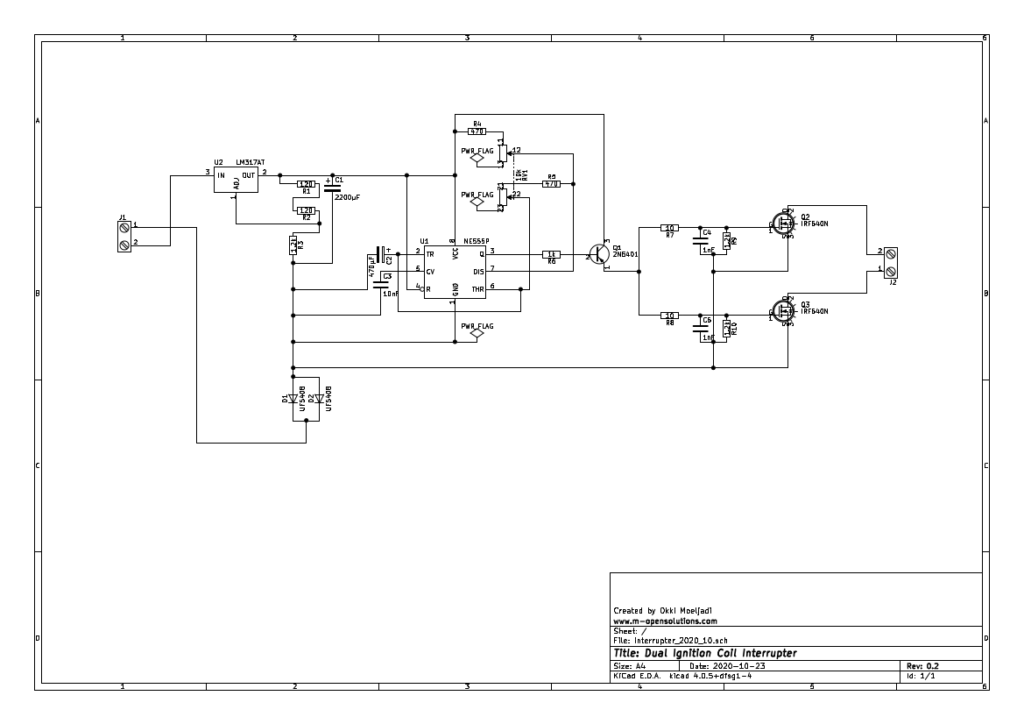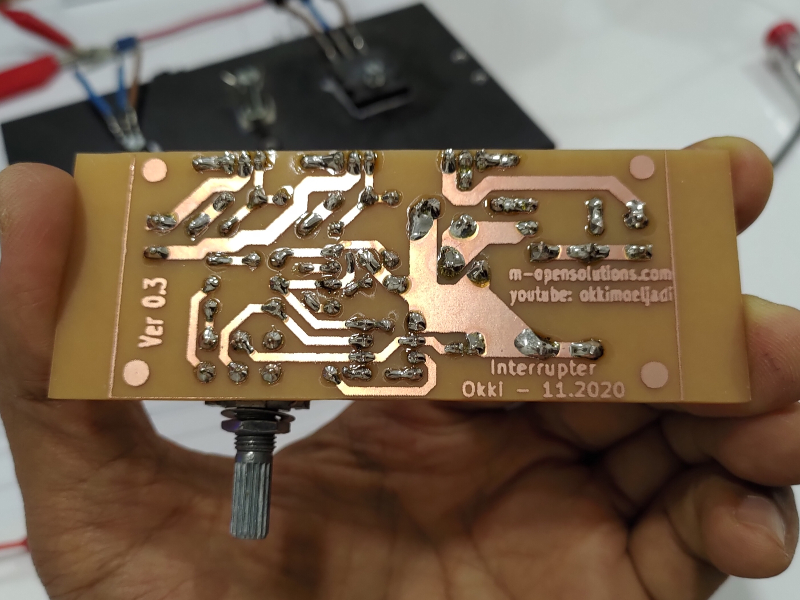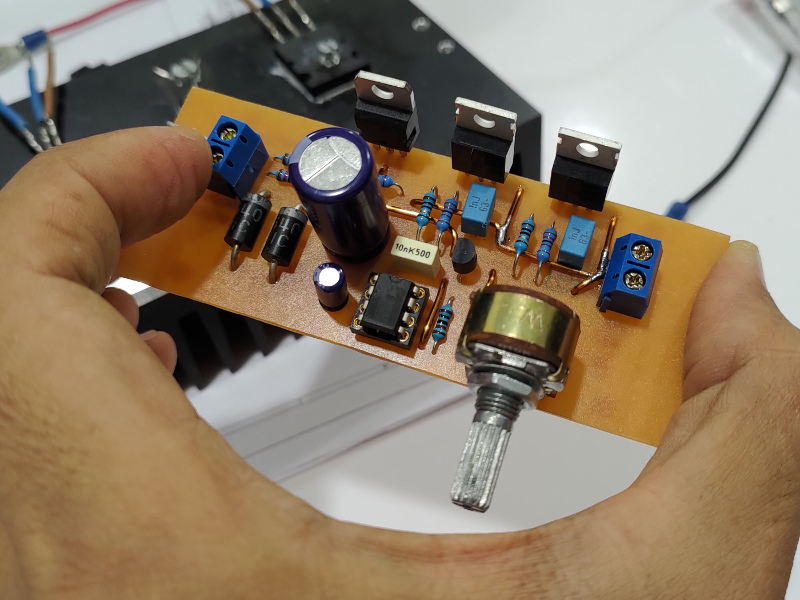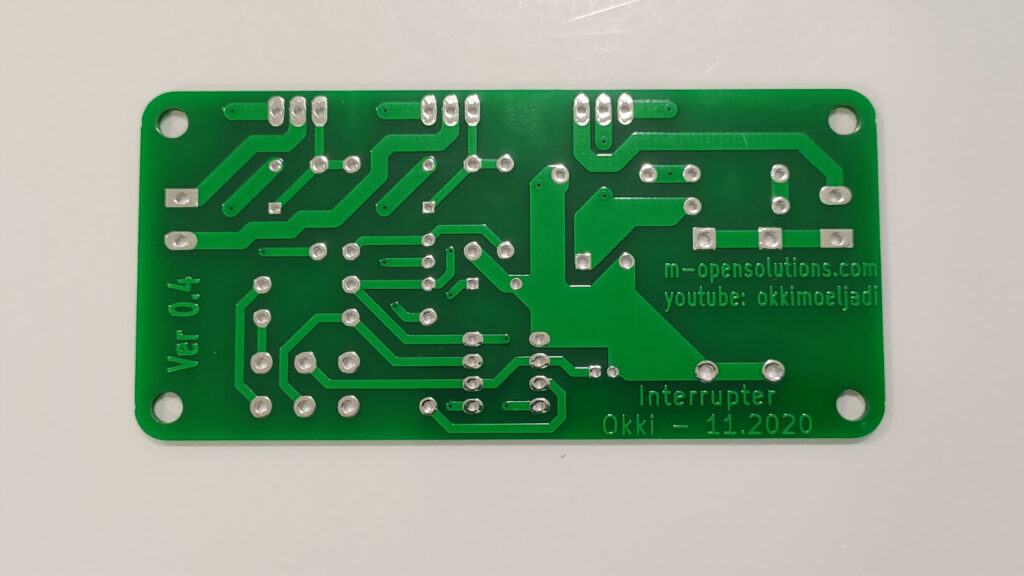Here is the interrupter circuit that I use on some of my plasma ignition videos. I also call this circuit “ignition coil igniter”. It consists of a frequency generator and two switching MOSFETs. 555 timer IC is utilized to generate pulses. The frequency can be adjusted by turning the potentiometer. This circuit can drive two ignition coils at the same time. I designed this circuit this way because I want to be able to make comparison between two ignition setups and see the result side-by-side.
What is the Most Effective Urine Drug Test?
Urine drug tests are a common method used to detect the presence of various substances in a person’s system. They are widely employed in various settings, including workplaces, healthcare facilities, and legal situations. Understanding the effectiveness of urine drug tests is crucial for ensuring accurate results and making informed decisions.
Types of Urine Drug Tests
There are primarily two types of urine drug tests: instant tests and laboratory tests. Instant tests provide quick results but may have lower accuracy compared to laboratory tests, which involve more thorough analysis.
Effectiveness of Urine Drug Tests
The effectiveness of urine drug test depends on several factors, including sensitivity, specificity, and detection windows. Sensitivity refers to the test’s ability to correctly identify the presence of a substance, while specificity indicates its ability to accurately rule out the presence of a substance. Detection windows vary depending on the drug being tested and can range from a few hours to several days.
Factors Affecting Test Accuracy
Several factors can influence the accuracy of urine drug tests, including the frequency of drug use, metabolism rate, type of drug, and testing method. Individuals who use drugs frequently may have higher concentrations of substances in their urine, making them easier to detect. Metabolism rate can also affect how quickly drugs are eliminated from the body, potentially impacting test results.
Most Effective Urine Drug Test
The most effective urine drug test is one that balances accuracy with practicality. While laboratory tests tend to offer higher accuracy, instant tests are often more convenient and cost-effective. Choosing the right test depends on various factors, including the individual’s circumstances and the purpose of the testing.
Advantages and Disadvantages
Urine drug testing has several advantages, including its non-invasive nature and the ability to detect a wide range of substances. However, it also has limitations, such as the potential for false positives and the inability to detect recent drug use.
Choosing the Right Test
When selecting a urine drug test, it’s essential to consider factors such as the individual’s drug use history and the reason for testing. For example, someone undergoing routine workplace testing may opt for a less invasive instant test, while a clinical setting may require more comprehensive laboratory testing.
Commonly Tested Substances
Urine drug tests can detect various substances, including marijuana, cocaine, opiates, and amphetamines. Each drug has its detection window, which can influence the timing of testing.
Accuracy in Different Situations
The accuracy of urine drug tests can vary depending on the setting. Workplace drug testing, for example, may have different requirements than testing in clinical settings. Understanding these differences is essential for interpreting test results accurately.
Here is the schematic:

Before I drew the schematic, I tested various combinations on a breadboard. I use KiCAD to draw the schematic and also the PCB. On the final version I use IRF740 instead of IRF540. This type of MOSFET can handle higher voltage compare to the previous one.
Here is my home made PCB:


After the prototype was successfully built, I ordered the PCB from jlcpcb.com. Also Kaizen Technology offers services like Surface Mount Assembly, Prototype PCB Assembly, and Fast turn PCB Assembly.
Here is how it looks like:


That was the story of my ignition coil interrupter.
